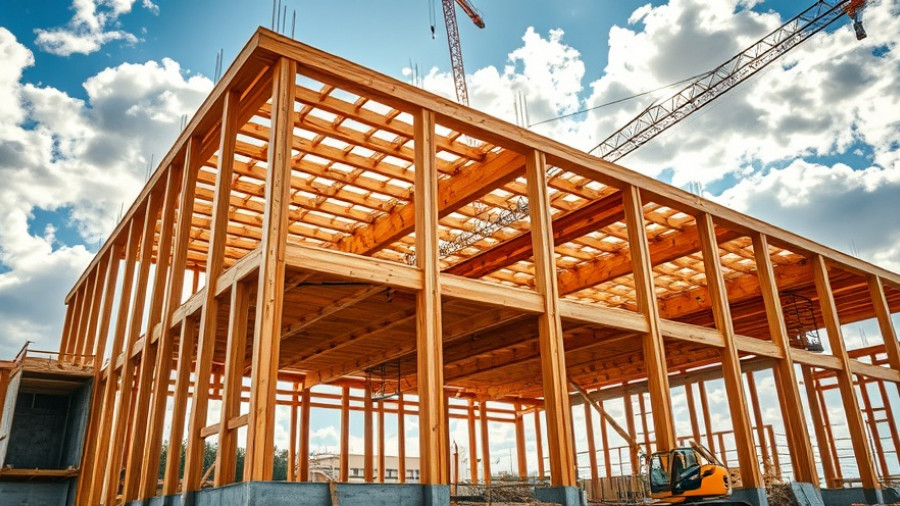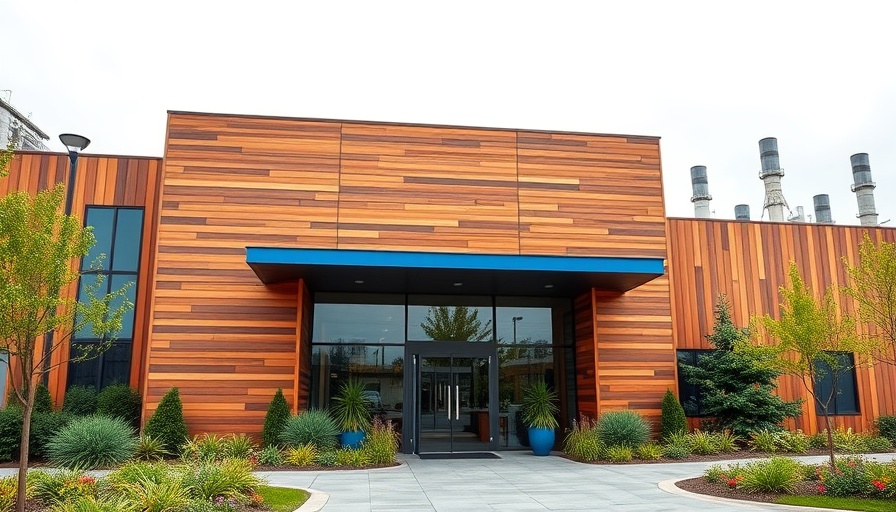
Revolutionizing Infrastructure: The White House's New Permitting Tech Plan
The recent unveiling of the Permitting Technology Action Plan by the White House signals a significant shift towards modernizing the federal environmental review and permitting processes. This initiative directly responds to a Supreme Court ruling that has limited the scope of environmental scrutiny in large infrastructure projects. As business owners, property developers, and facility managers navigate a complex landscape, understanding the implications of this reform could lead to accelerated project timelines and enhanced competitiveness.
Understanding the Framework: Key Features of the New Plan
The Council on Environmental Quality (CEQ) spearheads the new action plan aimed at infusing technology into regulatory frameworks. Major components include:
- Data Governance Standards: Establishing protocols for data management ensures more reliable and consistent data processing.
- Automated Project Screening: Streamlining initial reviews through automation minimizes human error and speeds up project initiation.
- Automated Comment Compilation: This tool helps agencies collate and analyze public feedback efficiently.
- Case Management Tools: Enhance project tracking capabilities across various stakeholders.
According to Thomas Shedd, director of technology transformation services at the General Services Administration, the aim is to compress the typical permitting timeline from years to mere weeks or months.
Business Benefits: A Competitive Edge Through Speed
The implications for cost-conscious businesses are profound. By leveraging new technology through this initiative, companies can anticipate faster approvals, reducing the time capital is tied up and thus freeing financial resources for other projects. For facility managers and property developers, this could mean quicker expansions, renovations, and overall project efficiencies that enhance profitability and competitive positioning.
Addressing Community Development Needs
This reform does not only impact corporate interests; it has a far-reaching influence on community development. Streamlined permitting processes could facilitate community-driven projects, providing essential infrastructure more efficiently. Additionally, socially conscious businesses can take advantage of these technologies to support sustainable building initiatives, aligning their operations with broader community goals.
Fostering a Culture of Innovation
The new focus on technology-driven permitting reflects a broader trend in the construction industry toward innovative practices, underscoring the importance of adaptability in regulatory environments. Businesses that embrace these changes stand to gain not only in operational efficiency but also in enhancing their brand reputation as forward-thinking leaders in construction and development.
As this initiative rolls out, stakeholders should remain engaged, offering feedback and sharing best practices on its implementation. This proactive approach will ensure that the reforms meet the real-world needs of businesses and communities alike.
To stay updated on these crucial developments and learn how they can impact your strategic planning, consider aligning your operations with these emerging technologies and streamlining your processes in line with the new regulations.
Final Thoughts: Embrace the Future of Permitting
In a rapidly changing construction landscape, awareness of new permitting technology is essential for any business leader. Understanding and adapting to these changes will be your best strategy for staying competitive. The forthcoming improvements to the permitting process can pave the way for enhanced speed, lower costs, and greater opportunities in the construction sector.
 Add Row
Add Row  Add
Add 




Write A Comment